|
|
|
|
|
|
|
|
Photo Gallery for Virginia striatula - Rough Earthsnake
| 11 photos are shown. |
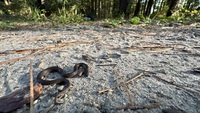 | Recorded by: Abner Burgos-Melendez
Onslow Co.
Comment: | 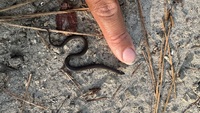 | Recorded by: Abner Burgos-Melendez
Onslow Co.
Comment: |
 | Recorded by: Stephanie Willis
Guilford Co.
Comment: |  | Recorded by: Stephanie Willis
Guilford Co.
Comment: |
 | Recorded by: Stephanie Willis
Guilford Co.
Comment: | 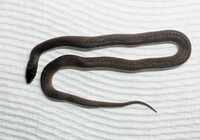 | Recorded by: Erich Hofmann and Kayla Weinfurther
New Hanover Co.
Comment: |
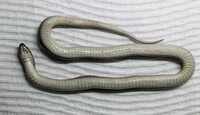 | Recorded by: Erich Hofmann and Kayla Weinfurther
New Hanover Co.
Comment: | 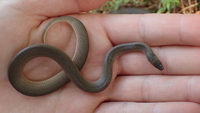 | Recorded by: Erich Hofmann
Craven Co.
Comment: |
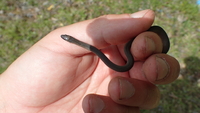 | Recorded by: Erich Hofmann and Kayla Weinfurther
Craven Co.
Comment: | 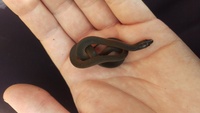 | Recorded by: Erich Hofmann
Craven Co.
Comment: |
 | Recorded by: Erich Hofmann
Craven Co.
Comment: |
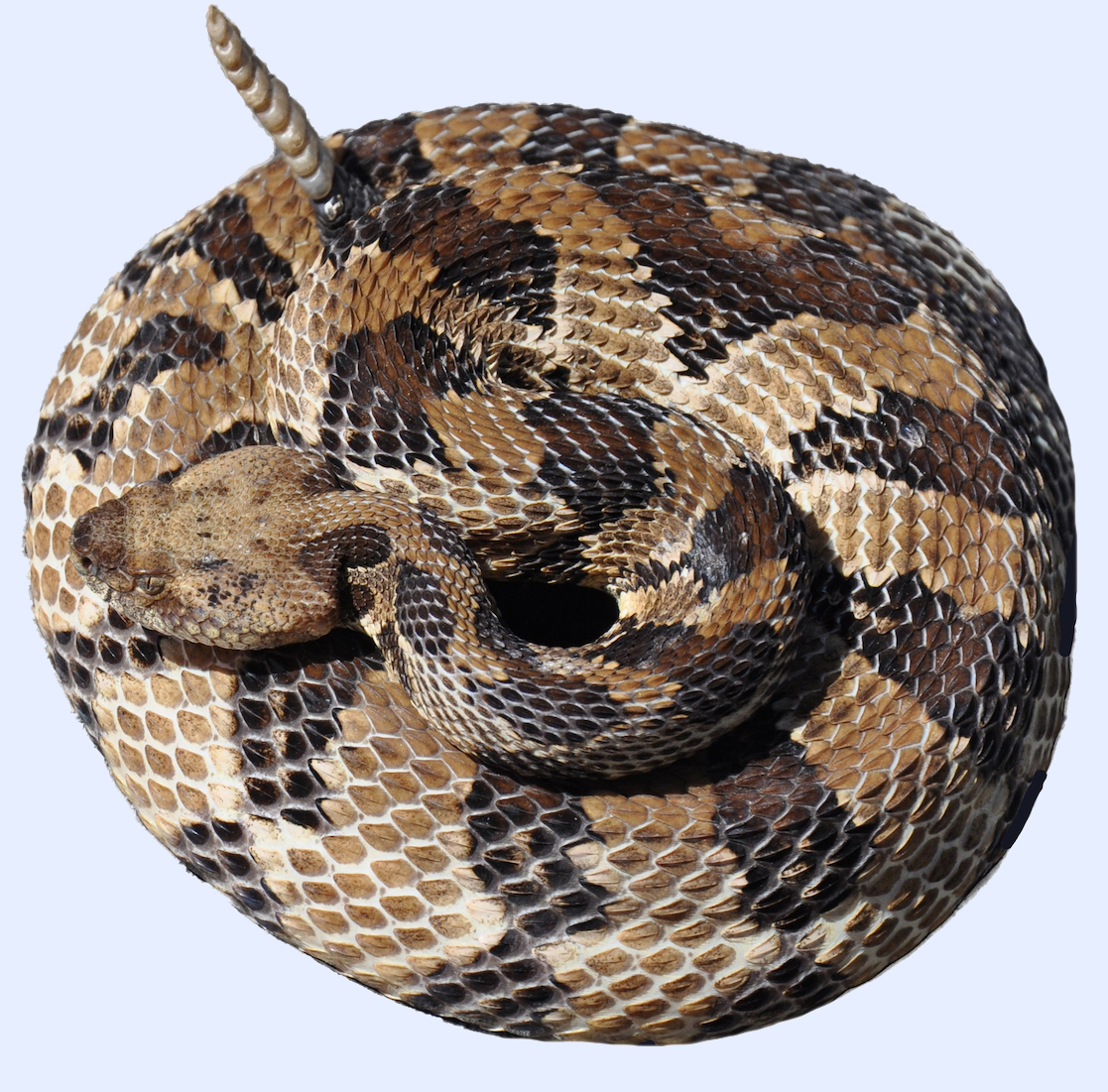
 »
» 
 »
»